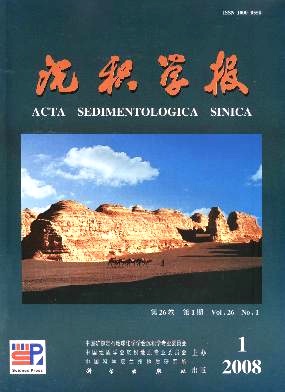Climate Variability in Shennongjia During the Last Interglacial Inferred from a Highresolution Stalagmite Record
- Received Date: 2007-03-14
- Rev Recd Date: 2007-04-12
- Publish Date: 2008-02-10
-
Key words:
- Shennongjia /
- the Last Interglacial /
- stalagmite /
- instability
Abstract: Speleothem studies have the potential to considerably improve our knowledge of climate changes of the past 500 000 a. Above all, this is due to the independent and reliable calendar year chronology provided by uraniumseries dating techniques and to the multitude of paleoclimate proxy records preserved in speleothems. Here we present an absolutedated and highresolution stable oxygen record from a stalagmite(No.YX21)in Yongxing Cave, Shennongjia natural reservation, central China, giving the details on climatic fluctuations during the Last Interglacial periods. Based on 4 230Th dates and 303 oxygen isotope data, an averaged 8 a East Asian Monsoon precipitation series was established through 127.32 to 124.95 thousand years before present (ka BP). This detailed record uncovered that the δ18O have the highfrequency variability characteristic, indicating the instability of the East Asian Monsoon during the Last Interglacial. During this interval, the YX21 record has 4 Asian Monsoon weak events, possibly related to the interglacial icerafting events in the North Atlantic. Power spectral analysis of the record shows statistically significant periodicities centered on 661 a,127 a,118 a,19~22 a. These periodicities are close to significant periods of the δ14C record, indicates that solar changes are also responsible for changes of Asian Monsoon intensity.
| Citation: | Climate Variability in Shennongjia During the Last Interglacial Inferred from a Highresolution Stalagmite Record[J]. Acta Sedimentologica Sinica, 2008, 26(1): 139-143. |






 DownLoad:
DownLoad: